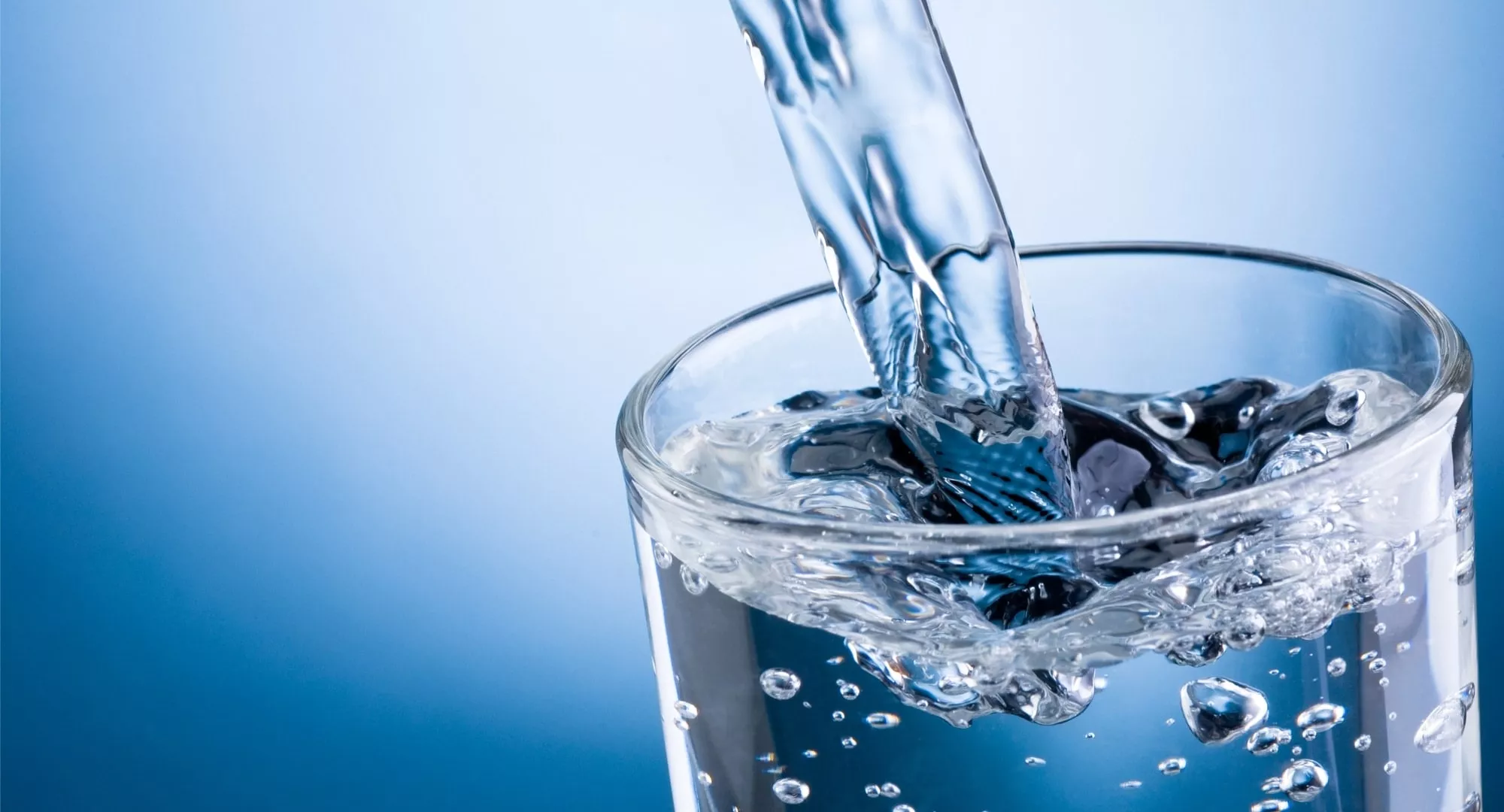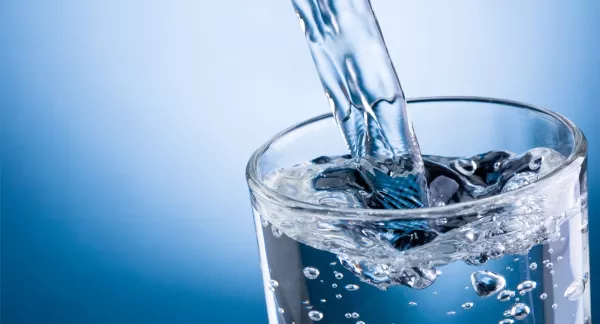
Treatment Strategies for the Removal of Lithium from Drinking Water
Abstract
Lithium is a naturally occurring mineral that is present in natural waters at concentrations likely ranging from 1 µg/L to more than 300 µg/L. A recent survey of lithium concentrations in drinking water sources in the United States found that 45% of the wells sampled exceeded the Health Reference Level (HRL) of 10 µg/L. Most of the high-level occurrences were measured in dry regions in the western United States. The Fifth Unregulated Contaminant Monitoring Rule (UCMR5) requires that water utilities collect data on the concentration of lithium in their treated waters.
This project strives to identify and test potential treatment alternatives for lithium removal under drinking water treatment conditions. This includes a thorough literature review and focused bench-scale testing of promising treatment options, with priority given to approaches that can be incorporated into an existing water treatment plant.

